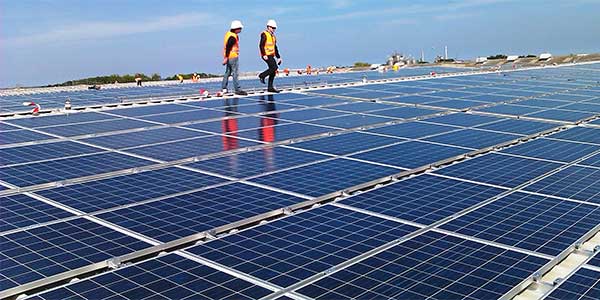GTM Research recently released its report on the non-residential/commercial solar market, demonstrating relatively stagnant growth of the sector for the fourth straight year.
According to the report, after a rise in installations from 2010 to 2012, commercial solar, consisting of projects where offtakers are neither homeowners nor utilities, has consistently hovered around a gigawatt (GW) of installed capacity in each year since. With a boom in residential installations and one million solar installations nationwide as of May 2016, what gives in the commercial space?
An Inefficient Standard
The commercial solar market faces inherent challenges given high transaction costs associated with relatively smaller project opportunities. Given high transaction costs, this market sector cannot afford to absorb inefficiencies associated with factors such as costly customer acquisition and long PPA negotiations, as well as other binary project-specific issues that may arise (these can be anything – you wouldn’t believe the stories we could tell…).
As we have discussed before – and what GTM Research mentions in their report – the process for obtaining financing for these relatively smaller-scale deals is also largely inefficient. In our experience, many developers often auction projects to the highest bidder, a time-intensive process (that often leads to attrition, and then the stranded projects re-emerge later).
This is why repeat transactions are key to driving efficiency and scale.
These challenges lead to market fragmentation. GTM Research estimates that only 42 percent of installed capacity in the commercial market is developed by the top 10 players in the market (and that doesn’t include businesses with a model like Sol; we hovered around 30MW of commercial solar last year).
Given the obstacles associated with the commercial solar market, we have noticed a trend whereby developers and investors alike are prioritizing their efforts on larger-scale opportunities, especially after the extension of the investment tax credit (ITC) in December 2015.
Although commercial-scale solar will remain a focus, Sol Systems is also expanding its utility-scale business, and have begun building out the team and product to do so.
The industry is also focused on new ways to meet commercial demand, including off-site solar projects. Off-site projects avoid many of the obstacles posed by building on-site, possessing more flexibility in project size and shorter contract terms. Additionally, off-site solar bypasses facility problems that tend to arise for on-site projects (e.g., roof leaks and other structural issues).
Corporates are especially interested in off-site renewable projects, as 3.2GW of renewable energy was closed with corporate buyers in 2015, up from just over 1GW in 2014.
The commercial-scale solar market should naturally see a rise in installations due to the ITC, and the pathway to greater efficiencies that preserve returns will continue to be through ongoing relationships and repeat transactions.













Comments